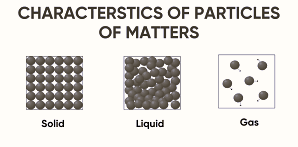What is Golgi apparatus ?
Table of Contents
Definition
Golgi Apparatus is a system of membrane-bound, fluid-filled vesicles, large spherical vacuoles and smooth, flattened cisternae. These are stacked parallel to each other. Each of these stacks is called a cistern.
Characteristics of Golgi Apparatus
- The Golgi apparatus (or dictyosomes) arises from the membrane of smooth ER. Therefore, it constitutes another portion of a complex cellular membrane system.
- Golgi apparatus membranes often have connections with the membranes of Endoplasmic Reticulum (ER).
- The material that is synthesized in Endoplasmic Reticulum (ER) is packaged and dispatched to various parts of the cell through Golgi apparatus.
- Golgi apparatus is generally present in Eukaryotic cells.
- Many types of Eukaryotic cells contains only one or several Golgi apparatus but plant cells can contain hundreds.
The scientist who described Golgi apparatus for the first time was Camillo Golgi. Most of his investigations were concerned with the nervous system. His greatest work was a revolutionary method of staining individual nerve and cell structures. This method is called ‘black reaction’.It uses silver nitrate solution to trace the most delicate ramification of cells. He shared the Nobel Prize in 1906 with Santiago Ramón y Cajal for their work on the structure of the nervous system.
What are the functions of Golgi apparatus ?
Functions of Golgi Apparatus are as follows-
- Golgi apparatus stores, modifies and packs products in vesicles.
- It is involved in the formation of lysosomes.
- Golgi apparatus forms complex sugars from simple sugars in some cases.
- Golgi apparatus is involved in the synthesis of cell wall and plasma membrane. Read More ….



12 Comments on “What is Golgi Apparatus – Class 9 -Definition, Characteristics and Functions”